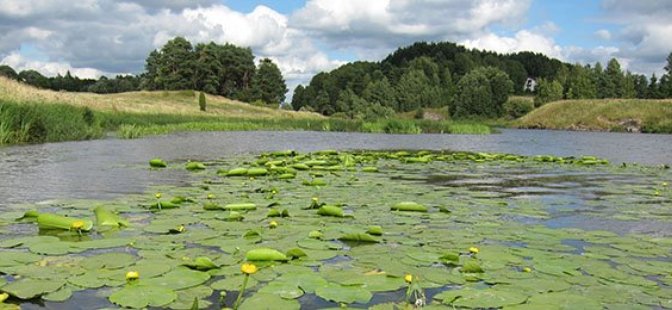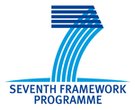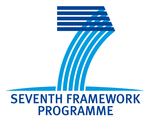
Baltic Flows – Monitoring and management of flowing rain water in Baltic Sea catchment areas
Baltic Flows is a project concentrating on the control and monitoring of rainwater and leachate ending up in the Baltic Sea. It creates networks between operators in the partner countries and a common strategy for monitoring the quality of river water and water running into the Baltic Sea.
At the moment, the amount and quality of discharge flowing into the Baltic Sea is mostly evaluated on the basis of the number of inhabitants on the coast. The vision of the project is the collection of real-time data on the concentrations of those substances most central to water quality from several rivers flowing into the Baltic Sea. Based on the data, the condition of the Baltic Sea can be estimated more precisely. In addition, it enhances the reaction time to high or, for instance, rapidly altering concentrations.
The project examines the best methods of monitoring water quality and studies the possibilities of, for example, the extensive use of automated sensor technology in supervising water and river water quality. Another objective is to activate members of the public to use the new sensor technology.
Five Baltic Sea region countries and Great Britain involved in the project
Baltic Flows is a project formed by 17 partners. The partners come from five Baltic Sea region countries and Great Britain. In addition to the University of Turku which is coordinating the project, the Turku area is represented by the Regional Council of Southwest Finland, Turku University of Applied Sciences and Turku Science Park. As well as coordinating, the University of Turku is in charge of examining the activation of members of the public.
Turku University of Applied Sciences, in turn, manages the sector charting the measuring technology related to fugitive emissions, competence and potential of the project area. The drafting of the Joint Action Plan is entrusted to Turku Science Park.
The participating organisations are committed to improving the condition of the Baltic Sea and identifying and opening new projects in the field of environmental protection and environmental technology in the future as well.



